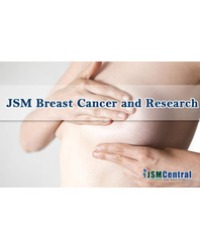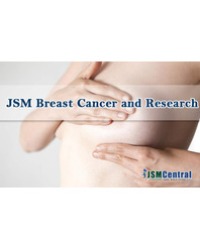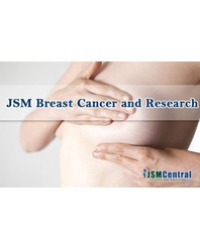
Neoadjuvant Chemotherapy for Breast Cancer and the Impact of Pathologic Complete Response
Introduction: Neoadjuvant chemotherapy for breast cancer over the last several years is being utilized with increasing frequency. Neoadjuvant therapy can potentially downstage advanced regional disease, increasing the likelihood of negative surgical margins. This study analyzes the utilization and outcomes of neoadjuvant chemotherapy for breast cancer at a single institution.
Methods: A retrospective chart review was performed at the Jacqueline M Wilentz Breast Center in Long Branch, New Jersey. All patients from 2010 to present that underwent neoadjuvant chemotherapy for breast cancer were analyzed. The initial biopsy pathology, initial staging workup, response to therapy, operation, surgical pathology reports were studied. Chi square analysis was then used to identify factors more likely to yield a pathologic complete response. Finally, outcomes in patients that did and did not have a pathologic complete response were examined.
Results: The most common indications for neoadjuvant therapy for advanced regional disease and Her2 positive status. The tumor was successfully downstaged in 29 of 46 patients (63.0%), with 13 (28.3%) achieving pathologic complete response. The major predictors of pathologic complete response were chemotherapy regimen and Her2 status, as 12 of 21 patients (57.1%) patients with amplified Her2 and 8 of 12 (66.7%) patients receiving TCHP therapy achieving pCR. Predictive factors of residual disease included triple negative status and treatment with ACT chemotherapy. Pathologic complete response was predictive of favorable prognosis, as no patient that achieved a pCR had recurrence, local or distant, within the time frame of this study. Factors predictive of recurrence included residual nodal disease or residual tumor T3 or greater.
Conclusion: In our retrospective study, neoadjuvant chemotherapy successfully downstages patients in the majority of patients. The patients that were able to derive the most benefit from neoadjuvant therapy were those with Her2 amplified tumors, and those that underwent therapy with TCHP. Achievement of pCR incurred a favorable prognosis.
Brian Shea¹, Genevieve Fasano¹, William P. Boyan¹, Natalie Lopyan¹, Manpreet Kohli¹ and Seth Cohen²*


